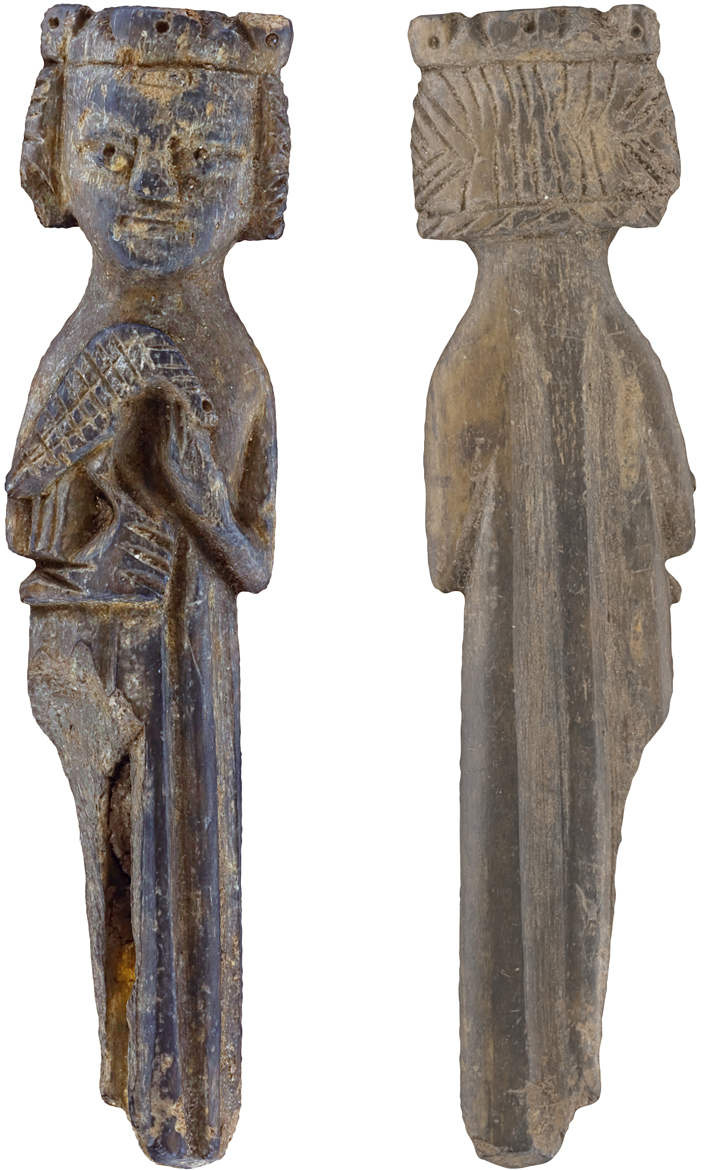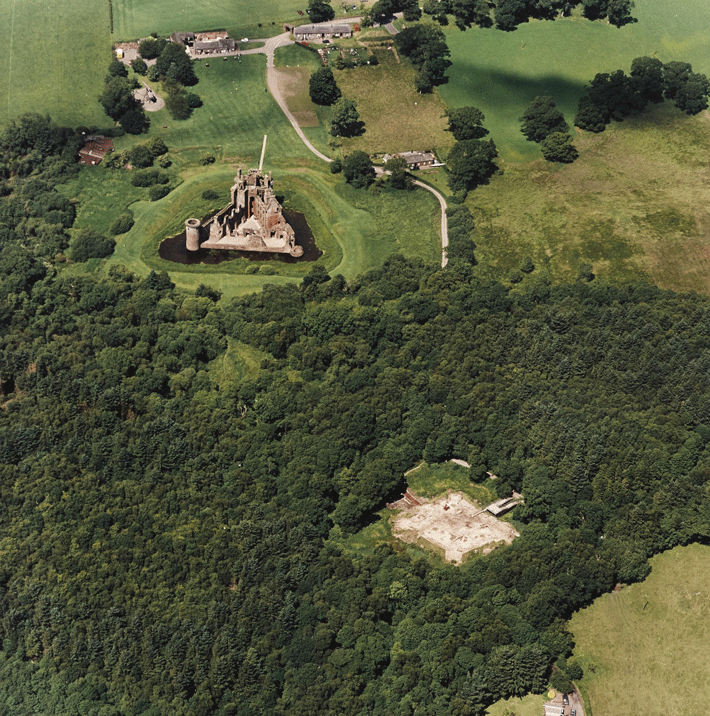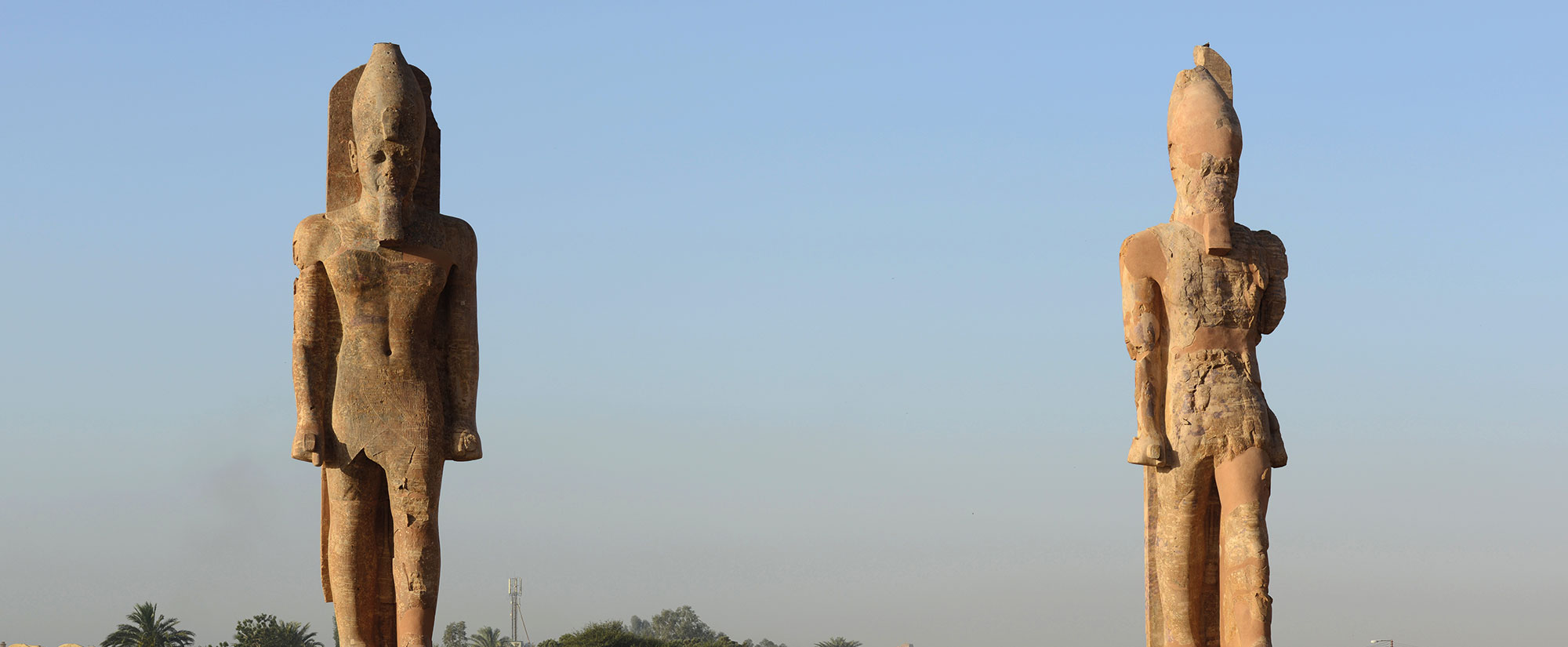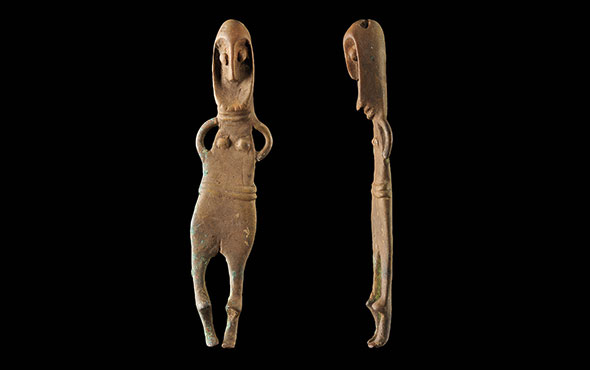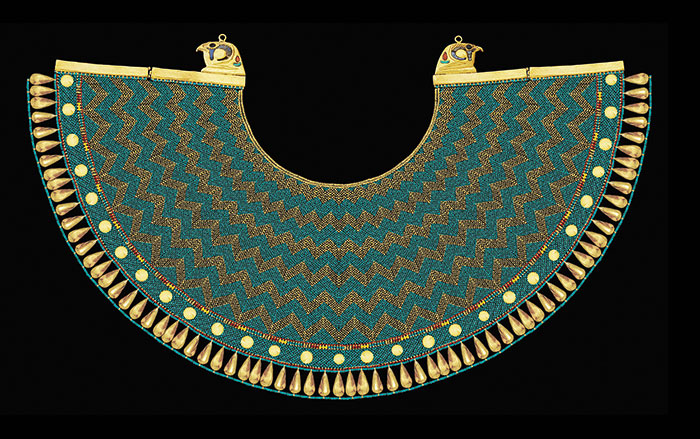
OSLO, NORWAY—According to a statement released by the Public Library of Science, Elin Brødholt of the University of Oslo and her colleagues analyzed the remains of 227 medieval Norwegians to see if social status was reflected in bone health. The bones of wealthy individuals were recovered from the site of a royal church and a Dominican monastery, while the rest of the remains came from three parish cemeteries. The researchers found significant differences in patterns of bone mineral density and stature between socioeconomic groups—high-status individuals tended to be taller and have higher bone mineral density, likely due to differences in nutrition, activity level, and susceptibility to disease brought about by living conditions, the researchers concluded. Women especially appear to have been affected by these differences, they added. Read the original scholarly article about this research in PLOS ONE. To read about a 1,700-year-old sandal recovered from the ice in a Norwegian mountain pass, go to "Around the World: Norway."


